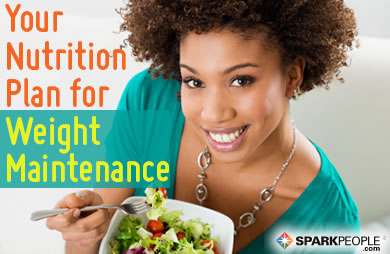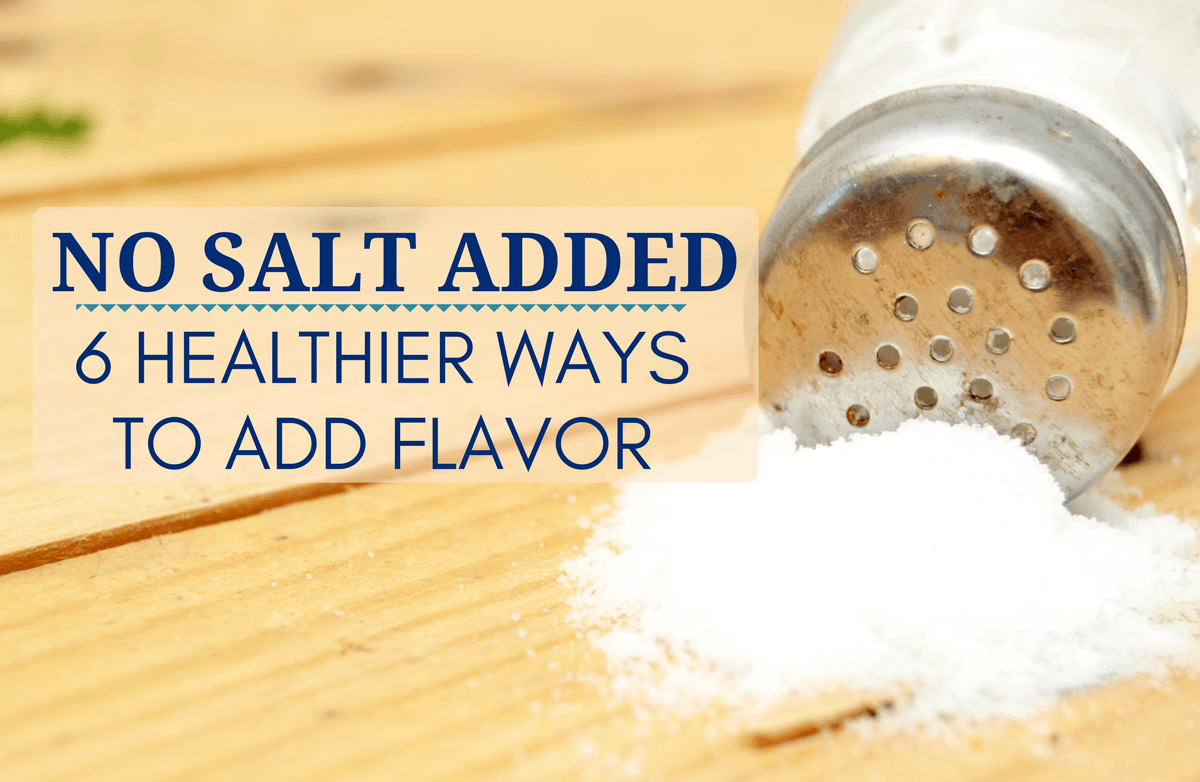|
Editor's Note: According to the Celiac Disease Foundation, 1 in 133 Americans are affected by this ailment, which causes them to fall ill if they come in contact with even a trace amount of gluten, the protein found in wheat, barley, and rye. Abbie Roth, a freelance writer and academic editor, found out she had the disease in early 2009. She wrote a blog to help others who face a life with celiac or gluten intolerance. By Abbie Roth I’ve been living gluten free for more than two years now. Like many people, I was less than thrilled with my diagnosis. I remember crying over my beautiful dinner of grilled salmon and steamed rice because all I wanted was a piece of bread. Initially, I even rebelled against my diagnosis and binged on pizza, which I soon regretted. Once the reality sank in that I could actually feel good by eating the right foods, I never looked back. What is gluten, anyway? First, let’s talk about what gluten is. Gluten is a protein found in some grains, particularly in wheat and its close relatives: barley, rye, and spelt. These grains and their derivatives are off limits to anyone on a gluten-free diet. Oats are usually contaminated because they are processed alongside gluten-full grains. Specially processed gluten-free oats are available, but some people still have gluten-like reactions to them. (I’m one of those lucky ones!) There are a lot of misconceptions about gluten and the gluten-free diet. Whenever I meet a new group of people, I find myself educating them and debunking some of those ideas. But I do love to talk about food and nutrition and being gluten free. It’s a good thing, too, because whenever I go to a new restaurant I have to give “the spiel.” It goes a little something like this: Me: “Hi! I have celiac disease and cannot consume gluten. Gluten is a protein found in wheat, barley, and rye. [etc]…Do you have a gluten-free menu, or can you make some menu suggestions for foods that would be safe for me to eat?” Server: “Ummm… so you can’t have sugar, right?” (This really happened. More than once. I ate lettuce at those places… or didn’t eat at all. Some things are not worth the risk It's not a fad diet. Some people believe that “going gluten free” is a fad diet, like going low-carb. What those people don’t realize is that the gluten-free diet is a medically prescribed diet for the treatment of celiac disease and gluten intolerance. Celiac disease is an autoimmune disorder in which the consumption of gluten creates a reaction that causes damage to the small intestine and does not allow food to be properly absorbed. Other people believe that because celiac disease and gluten intolerance don’t result in full-body anaphylactic reactions that it isn’t serious. This couldn’t be further from the truth. Celiacs who continue to consume gluten, either by choice or by accident, are at risk for intestinal cancers, infertility, malnutrition, and a host of other ailments. Not as much is known about the disease processes involved with gluten intolerance, but anyone with it will tell you that the pain, discomfort, and other side effects that come with gluten consumption are just not worth it. Symptoms of celiac disease and gluten intolerance can vary, and the National Institutes of Health (NIH) estimates that 1 in 133 Americans is affected. Feeding the belief that the gluten-free diet is a phase or a fad is the idea that following a gluten-free diet is inherently healthier than eating normally. Now, if your “normal” diet is fast food and cookies, and your gluten-free diet is whole foods, mainly fruits and vegetables, then yes, the gluten-free diet is healthier. But, just because a food is gluten free doesn’t mean that it is healthier than its gluten-full counterpart. Do you know how they get gluten-free cookies to taste good? They add copious amounts of sugar and fat. Gluten-free “sandwich” bread can have up to twice as many calories per slice as “regular” bread. Your gluten-free diet can be as healthful or as unhealthful as any gluten-full diet. Eating whole, unprocessed foods is important to good health regardless of your gluten status. Think about all the food you CAN eat. In my gluten-free journey, I’ve come to appreciate the foods that are naturally gluten free, such as fish, meat, vegetables, quinoa, millet, rice, fruit, etc. Vegetables are naturally gluten free. If you were looking for a reason to eat more vegetables… there you go! Think about a trip to your local farmers' market. On the gluten-free diet, you'll have to pass up the baked goods, but that's about it. Right now I can get meat, eggs, cheese, lettuce, strawberries, radishes, asparagus, spinach, carrots, rhubarb, honey, maple syrup, and more. That doesn't sound like a diet of deprivation to me! Surround yourself with support. If you think that you might have a gluten problem, I encourage you to talk to your doctor. I suffered for years because I stayed with a doctor who was satisfied with the diagnosis of “stress and IBS.” When I finally went looking for answers to my IBS, I found a doctor who listened and did the extra tests to confirm my gluten issues. And if someone in your life is gluten free, educate yourself! My friends and family that have made it a priority to learn about celiac disease and gluten intolerance have been a huge part of my support system. A good friend who has a gluten-free food area at her party so that you don't have to worry about cross-contamination is worth her weight in gold!  About the author:I am a writer and science editor. In my blog, A Gluten for Punishment, I share stories about living gluten-free in a gluten-full world. I have been gluten free since early 2009 when I was diagnosed with celiac disease. My diagnosis and return to good health was life-changing, and I hope to support and encourage others through my writing. Did these tips help you? Would you like to see more gluten-free resources on the dailySpark? |
More From SparkPeople
|
.jpg)
.jpg)












